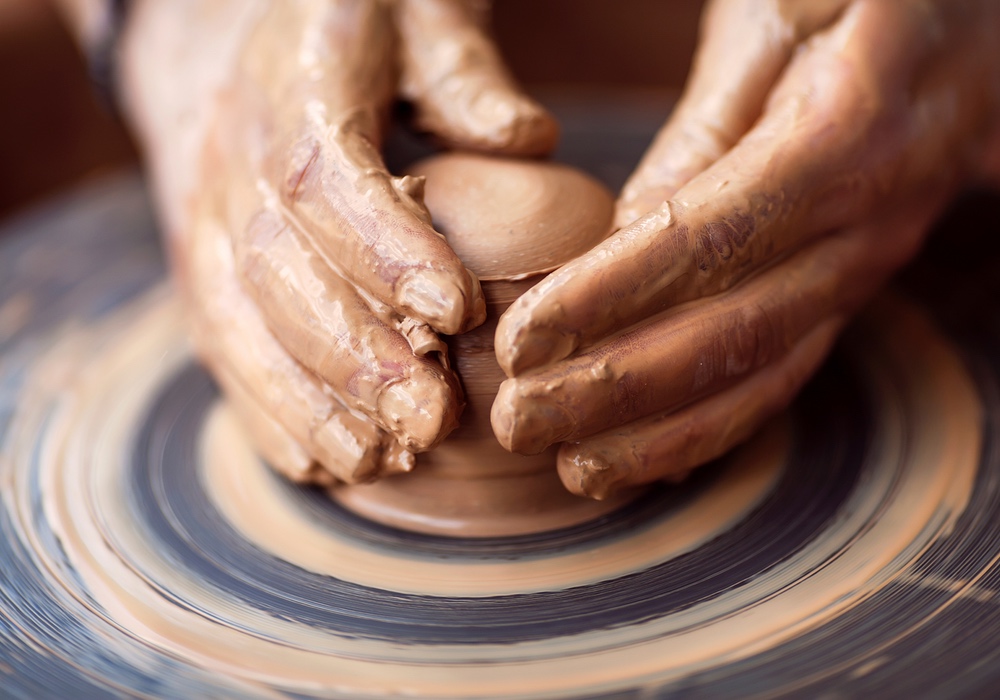There's a good reason adult coloring books are all the rage right now. Doing any kind of art, from clay to drawing, can help relieve stress in just one session a new study finds. For those of us who feel perpetually stressed out, this simple form of “therapy” may be worth a try.
Researchers measured how making art affected stress in the simplest way: They measured participants’ cortisol levels both before and after the participants made art for 45 minutes. Cortisol is the quintessential stress hormone; it rises during times of stress. Participants, who ranged from 18 to 59 years old, were given markers and paper, modeling clay, and collage materials, and made whatever kind of art they wanted.
The participants had all different levels of experience making art in the past. And after the 45-minute session, about 75% of participants showed a reduction in cortisol — stress — regardless of how experienced or inexperienced they were.For those of us who feel perpetually stressed out, this simple form of “therapy” may be worth a try.
What about the remaining 25 percent of the participants who had cortisol levels that rose over the course of the experiment, rather than decreased? It may might just mean that participants were more alert or charged up than others. “Some amount of cortisol is essential for functioning,” study author, Girija Kaimal, said in a press release. “For example, our cortisol levels vary throughout the day — levels are highest in the morning because that gives us an energy boost to us going at the start of the day. It could've been that the art-making resulted in a state of arousal and/or engagement in the study's participants.”
The type of art didn't seem to make a difference on cortisol levels, but there was a slight effect of age. The younger participants were slightly more likely have reduced stress levels over the course of the experiment than the older ones. This may be because younger people are still learning about various coping methods, whereas older people might be less flexible in this way.
Chronic stress raises a person’s cortisol level and this continual increase is linked to all sorts of health problems. So any method that can reduce this phenomenon is a good thing. The Drexel University researchers are going to look at how art might affect other markers of stress, like the hormone oxytocin next, and how it may help people dealing with difficult experiences, for instance, in end-of-life patients and their caregivers. “We want to ultimately examine how creative pursuits could help with psychological well-being and, therefore, physiological health,” said Kaimal.
The study was carried out at Drexel University and published in the journal, Art Therapy.





